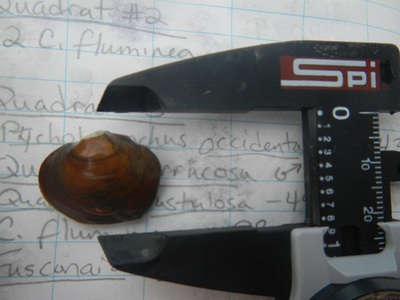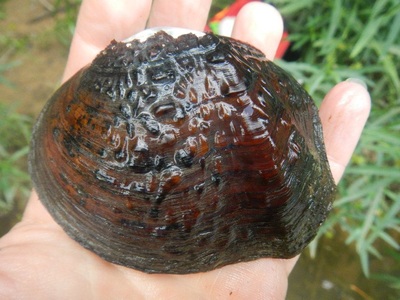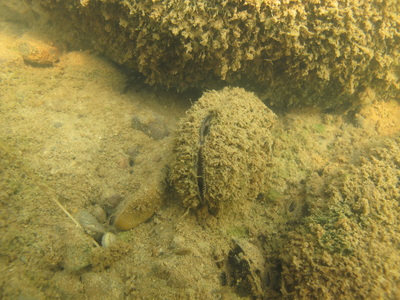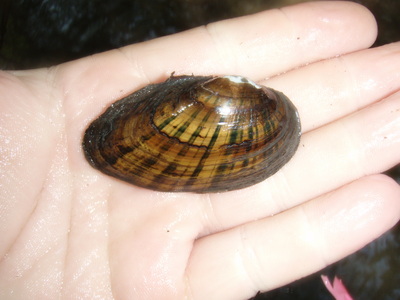Thermal and Nutrient Induced Stress in Mussels and the Impact on Ecosystem Function
Freshwater mussels (Unionidae) are the most imperiled faunal group in the world. Alabama has the highest biodiversity of mussels in the world making it a perfect location for research on this group. Additionally, freshwater mussels are essential to ecosystem function because of their impact on nutrient recycling and benthic-pelagic coupling. We need to understand the factors underlying their loss and current conditions that may be impeding their survival and recovery. We are studying the physiology (e.g., respiration rates, excretion rates), biochemistry (tissue glycogen, bicarbonate), and condition of freshwater mussels under multiple temperature and nutrient regimes.
As species are lost to streams, it is essential to understand how underlying environmental processes will be affected. Additionally, this research will provide information that can be used in the conservation and management of freshwater mussels (Unionidae). Understanding how different species of freshwater mussels respond to environmental variability, their trophic roles, and nutrient cycling will allow us to better predict the consequences of their decline. Evaluation of ecosystem services requires knowledge biogeochemical processes, biological communities, and stream ecology. We aim to assess the influence of biological processing and identify critical communities that influence nutrient concentrations in streams.
As species are lost to streams, it is essential to understand how underlying environmental processes will be affected. Additionally, this research will provide information that can be used in the conservation and management of freshwater mussels (Unionidae). Understanding how different species of freshwater mussels respond to environmental variability, their trophic roles, and nutrient cycling will allow us to better predict the consequences of their decline. Evaluation of ecosystem services requires knowledge biogeochemical processes, biological communities, and stream ecology. We aim to assess the influence of biological processing and identify critical communities that influence nutrient concentrations in streams.






